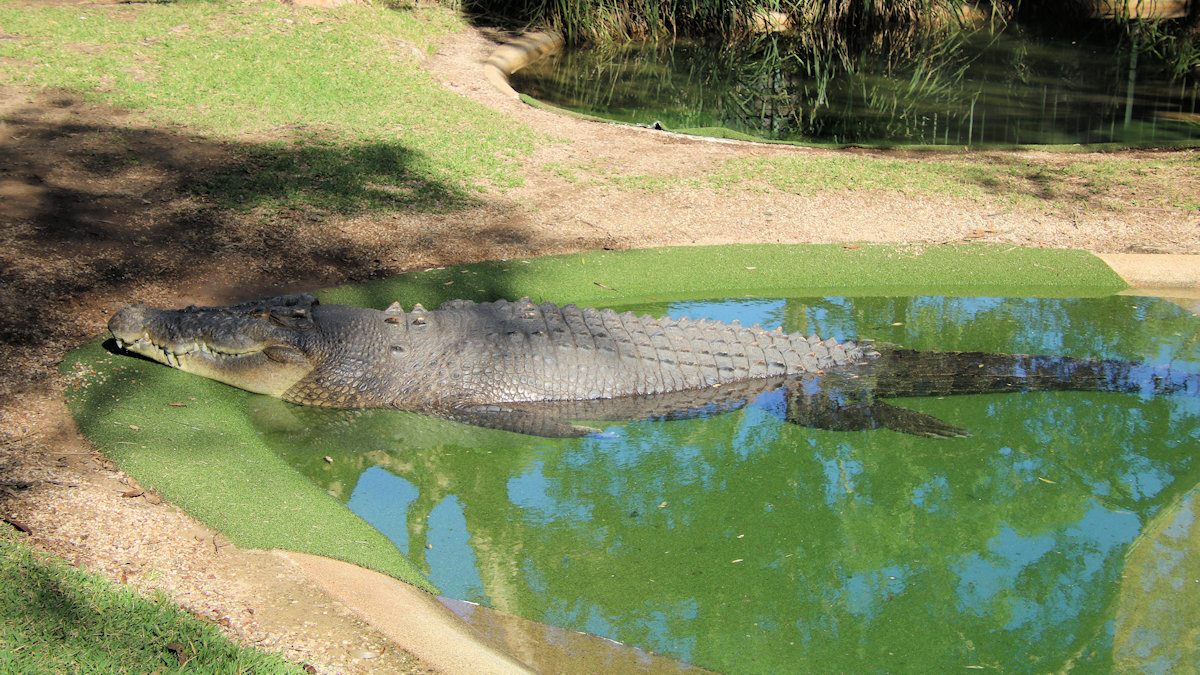Tag: Sydney
-
Australian Reptile Park

Australian Reptile Park Located just over an hour’s drive north of Sydney on the NSW Central Coast, the Australian Wildlife Park is an excellent place to see some of Australia’s deadly wildlife. If you want to get up close with deadly snakes, spiders and crocodiles, this is the place for you. Getting There Located not… Read more
-
Australian National Maritime Museum

Australian National Maritime Museum Covering Australia’s maritime history from pre-colonial times to the present, the Australian National Maritime Museum in Sydney has an excellent collection of ships and artefacts on display. The most obvious displays are the ships and boats of the heritage fleet docked on Darling Harbour, but those inside also deserve a lot… Read more